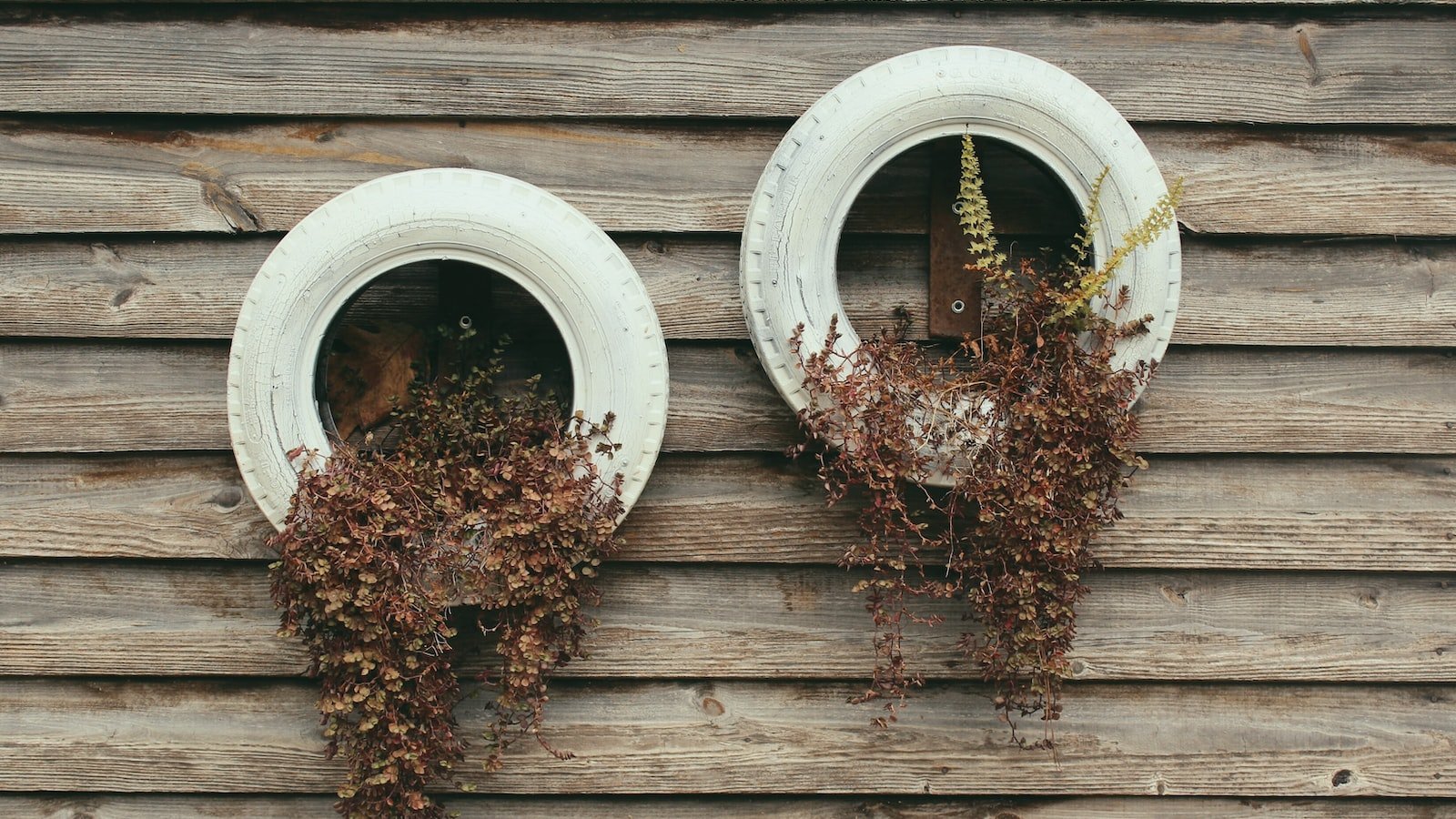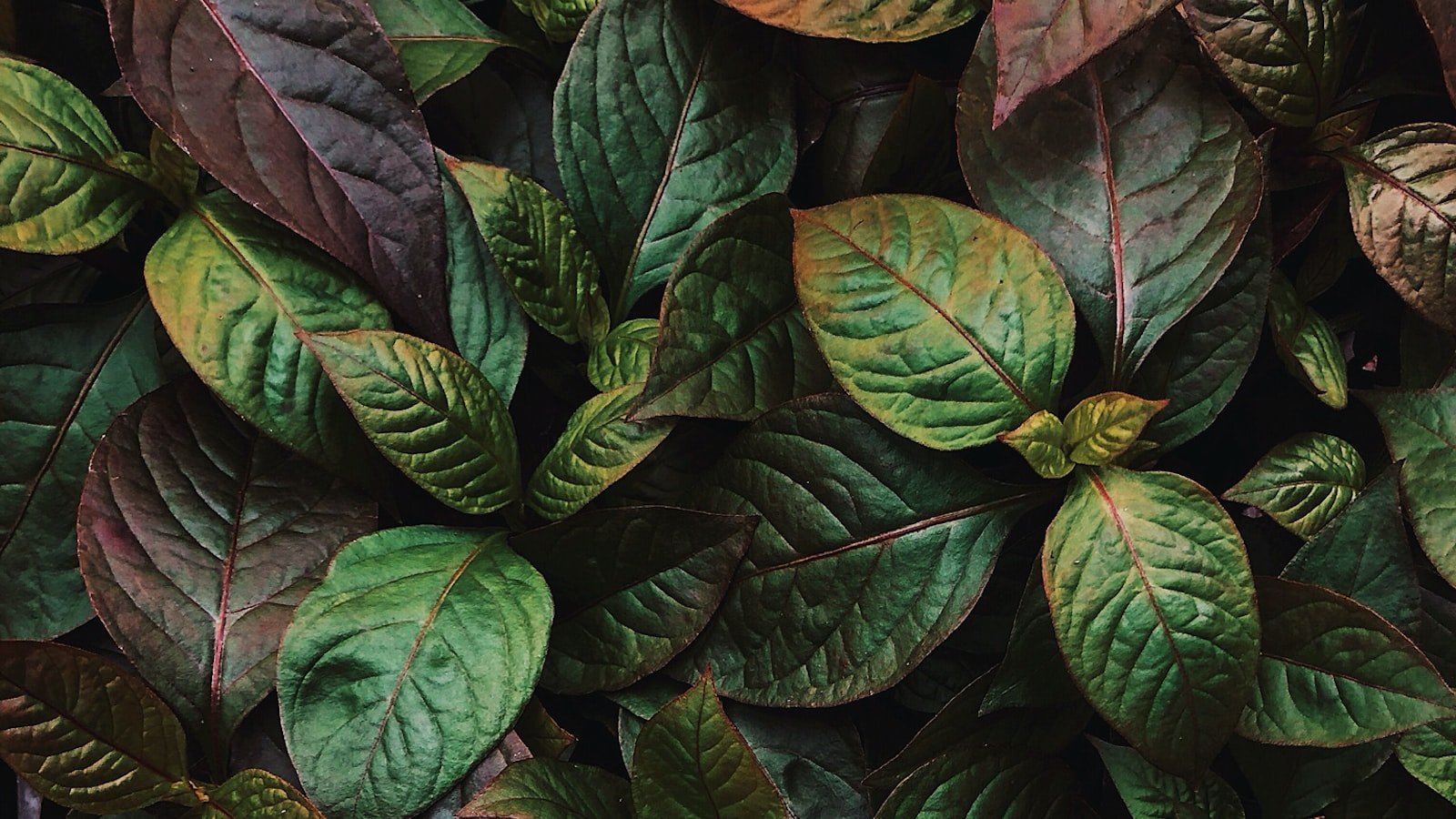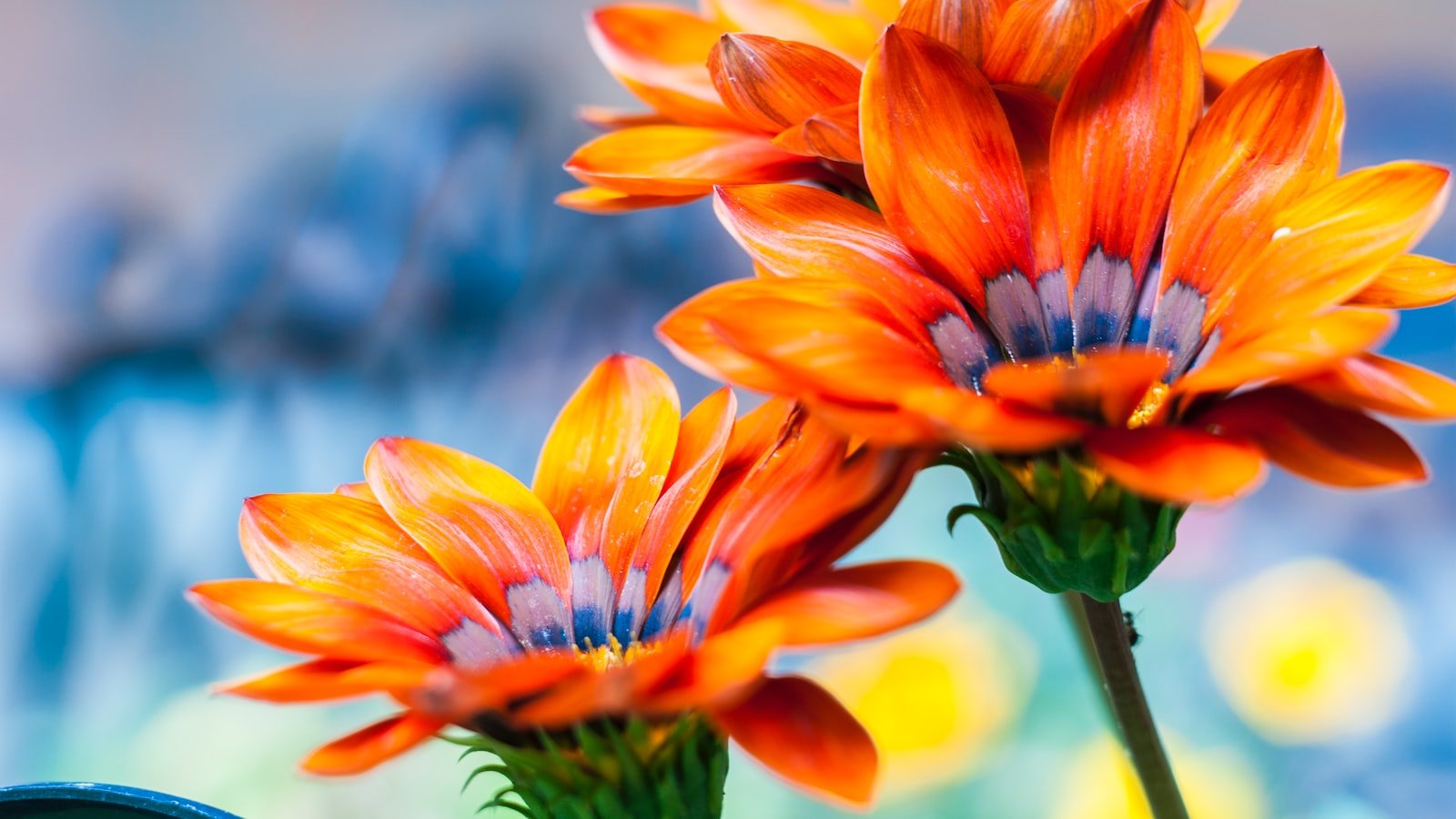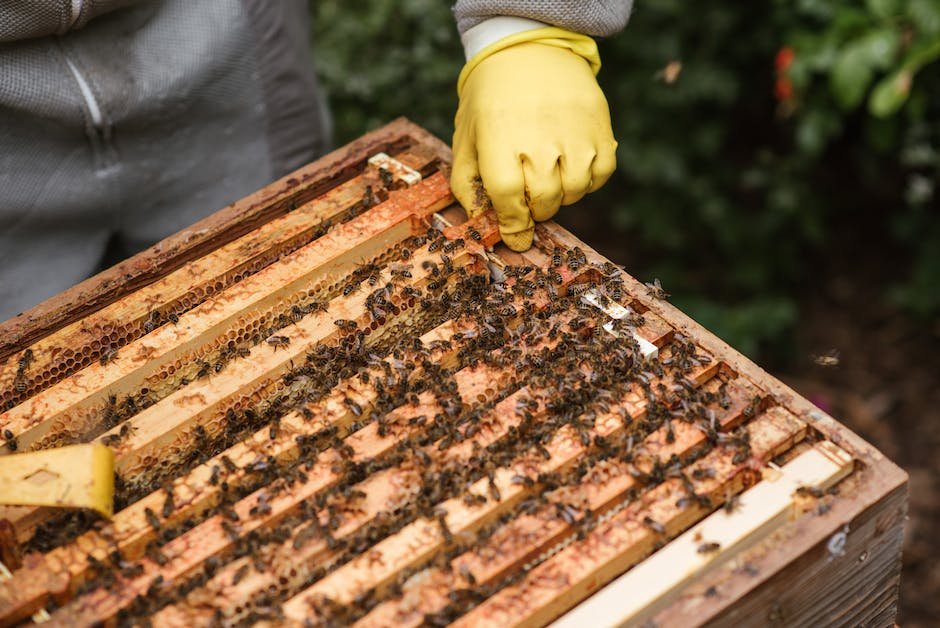Buzzing about, bees are the tiny superheroes of our gardens and meadows. These charismatic creatures diligently flit from flower to flower, gracefully collecting nectar and pollen to sustain their colonies and ensure bountiful harvests. Yet, amidst the vibrant tapestry of blossoms lies a hidden danger: toxic plants that pose a grave risk to our beloved pollinators. Understanding the crucial role bees play in maintaining the delicate balance of our ecosystems, it becomes our responsibility to safeguard their wellbeing. By arming ourselves with knowledge on identifying and avoiding these harmful plants, we can create havens of safety and abundance for these invaluable contributors to our natural world. In this article, we embark on a journey through the realm of toxic flora, unveiling ways to navigate its treacherous terrain and protect our buzzing friends.
Table of Contents
- Understanding the Role of Toxic Plants in Bee Decline
- Identifying Common Toxic Plants in your Area
- Creating a Bee-Friendly Garden: Alternative Plant Choices
- Practical Tips to Protect Bees from Toxic Plants
- Q&A
- To Conclude

Understanding the Role of Toxic Plants in Bee Decline
The Impact of Toxic Plants on Bee Decline
As the global concern for declining bee populations continues to grow, it is crucial to understand the various factors contributing to this alarming trend. One significant aspect that researchers have been studying is the role of toxic plants in bee decline. These plants, some of which were previously considered benign, are now being recognized as major contributors to the decline of bee colonies.
One of the most problematic aspects of toxic plants is their ability to produce nectar and pollen that contain harmful substances for bees. These toxic compounds can weaken the bees’ immune systems, making them more susceptible to diseases and pests. Furthermore, when bees consume nectar and pollen contaminated with toxins, their foraging behavior, cognitive functions, and reproductive abilities can be drastically impaired.
- Plant examples: Certain species of rhododendrons, lilies, azaleas, and oleanders are among the known toxic plants that pose a threat to bees.
- Effects on bee populations: The consumption of toxic nectar and pollen can result in decreased lifespan, reduced brood development, and a decline in overall colony health.
- Research challenges: Studying the impact of toxic plants on bees is complex due to diverse plant species, variability of toxin concentration, and interactions with other environmental stressors.
It is essential for researchers, gardeners, and policymakers to recognize the significance of toxic plants in bee decline. By raising awareness about these plants and promoting the cultivation of bee-friendly flora, we can contribute to the conservation efforts and protect the vital role that bees play in maintaining our ecosystems.

Identifying Common Toxic Plants in your Area
When it comes to exploring the great outdoors, it’s important to be aware of the potential dangers that may lurk in the plant world. While Mother Nature offers us breathtaking beauty, she also conceals a range of toxic plants that can cause harm. By educating yourself about the common toxic plants in your area, you can avoid unpleasant encounters and ensure your outdoor adventures remain safe and enjoyable.
Here are some tips to help you identify common toxic plants:
- Know your surroundings: Familiarize yourself with the flora native to your region. Different plants thrive in different climates, so understanding the local vegetation can give you a head start in recognizing potential hazards.
- Study plant characteristics: Pay attention to key features like leaf shape, color, and texture. Some toxic plants have distinct patterns or markings that can provide clues to their harmful nature.
- Seek expert advice: Consult with local botanists, horticulturalists, or experienced nature guides who can help you identify toxic plants accurately. They can share valuable insights and provide you with resources to further your knowledge.
- Be cautious of infamous species: Learn about notorious toxic plants in your area, such as poison ivy, giant hogweed, or deadly nightshade. Understanding their characteristics and preferred habitats will help you avoid accidental exposure.
Remember, prevention is key. Stay informed, stay aware, and enjoy the splendors of nature with confidence!

Creating a Bee-Friendly Garden: Alternative Plant Choices
Your garden can be a haven for bees and other pollinators with the right choice of plants. By selecting alternative options, you can help create a diverse and thriving ecosystem while adding beauty to your outdoor space.
Consider incorporating these bee-friendly plant choices into your garden:
- 1. Native Wildflowers: Native wildflowers are not only visually appealing but also attract bees with their bright colors and abundant nectar. Some popular choices include black-eyed Susans, coneflowers, and wild lupines.
- 2. Herbs and Medicinal Plants: Add a touch of aroma and usefulness to your garden with herbs such as lavender, thyme, and rosemary. These plants not only attract bees but also have their own host of health benefits.
- 3. Fruit-Bearing Trees: Planting fruit-bearings trees like apple, cherry, or plum not only provides delicious harvests but also helps sustain pollinators. Bees are particularly fond of fruit tree blossoms and will happily visit your garden.
- 4. Reconsider Your Lawn: Instead of a solely grassy yard, consider replacing some areas with low-maintenance, flowering ground covers like clover or creeping thyme. This simple change can provide an additional food source for bees and reduce the need for constant mowing.
Creating a bee-friendly garden doesn’t need to be complicated. With these alternative plant choices, your garden will buzz with life while becoming an inviting space for bees to thrive.

Practical Tips to Protect Bees from Toxic Plants
When it comes to protecting our precious pollinators like bees, one of the biggest threats they face is the consumption of toxic plants. To ensure the well-being of these industrious creatures and preserve our delicate ecosystems, here are some practical tips to keep toxic plants at bay:
- Know your garden: Familiarize yourself with the plants in your garden or surrounding environment. Research and identify any toxic plants that may pose a threat to bees and consider removing or replacing them with bee-friendly alternatives.
- Opt for native plants: Native plants not only provide bees with the nectar and pollen they need, but they also tend to be less toxic compared to exotic or invasive plant species. By incorporating more local flora in your garden, you’ll create a safer haven for bees.
- Use organic pest control: Instead of resorting to chemical pesticides and insecticides, opt for organic pest control methods. These alternatives help preserve the natural balance and vitality of the ecosystem, minimizing harm to bees and other beneficial insects.
- Support bee-friendly farms: When purchasing fruits, vegetables, or honey, choose products from bee-friendly farms that promote sustainable and pesticide-free practices. By supporting these businesses, you contribute to the protection of bees on a larger scale.
- Spread the word: Educate others about the potential dangers of toxic plants to bees and the importance of protecting these vital pollinators. Encourage your friends, neighbors, and community to join the effort and create safe environments for bees to thrive.
By taking these practical steps and being mindful of the plants and products we surround ourselves with, we can play a crucial role in safeguarding the well-being of bees and the essential task they carry out in maintaining our ecosystem’s health.
Q&A
How can I identify toxic plants that harm bees?
Bees are commonly attracted to bright colors and strong fragrances, so plants with these characteristics are often toxic to them. It’s best to research and avoid flowers like lilies, daisies, and rhododendrons, which can be harmful to bees if they come into contact with them.
What impact do toxic plants have on bees?
Toxic plants can have a detrimental impact on bees as they contain chemicals that are harmful to their nervous systems. Ingesting or coming into contact with such plants can weaken bees, affect their ability to forage and communicate, and even contribute to colony collapse disorder.
Are all toxic plants harmful to bees?
Not all toxic plants are harmful to bees. While some toxic plants do pose a risk to bees, others may contain toxins that are only harmful when ingested in large quantities. However, it’s best to exercise caution and avoid planting toxic flowers altogether to safeguard the well-being of these vital pollinators.
How can I create a bee-friendly garden without toxic plants?
To create a bee-friendly garden, focus on planting native flowers and herbs such as lavender, sunflowers, and wildflowers that provide nectar and pollen without posing a threat to bees. Avoid using pesticides, as they can also harm these beneficial insects.
What precautions should I take if I find toxic plants in my garden?
If you discover toxic plants in your garden, it is advisable to remove them to avoid potential harm to bees and other pollinators. Take caution while removing them, wearing gloves and protective clothing, and dispose of the plants in a way that ensures they won’t be accessible to bees or other animals.
Can I still have a beautiful garden without toxic plants?
Absolutely! A garden can be aesthetically pleasing and bee-friendly without the presence of toxic plants. By selecting bee-safe flowers, utilizing a diverse range of colors, and incorporating various textures and heights, you can create a stunning floral haven that is safe and attractive for both bees and humans.
To Conclude
As we conclude our journey through the realm of toxic plants and their detrimental impact on our beloved bees, it is crucial to remember the immense power that lies within our hands. From the enchanting buzzing of our gardens to the sweet symphony of nature’s harmony, our furry friends rely on us to provide a safe and nurturing environment.
By staying vigilant, expanding our knowledge, and implementing bee-friendly strategies, we create a haven where these delightful pollinators can thrive. Let us pledge not only to keep our gardens toxin-free but also to educate others about the dangers lurking amidst the petals.
As we part ways today, let us embrace the subtle dance between plants, bees, and our collective responsibility to safeguard their delicate existence. Together, we can protect their radiant wings flitting through the fields, sprinkling magic into every bloom, and preserving the intricate tapestry of life that weaves us all together.
So, dear reader, let us venture forth armed with newfound wisdom and compassion. Let us sow seeds of change, transforming our gardens into sanctuaries of delight, where bees can buzz freely, their purpose fulfilled, and our world painted in hues more vibrant than ever before.
As an affiliate, my content may feature links to products I personally use and recommend. By taking action, like subscribing or making a purchase, you’ll be supporting my work and fueling my taco cravings at the same time. Win-win, right?
Want to read more? Check out our Affiliate Disclosure page.